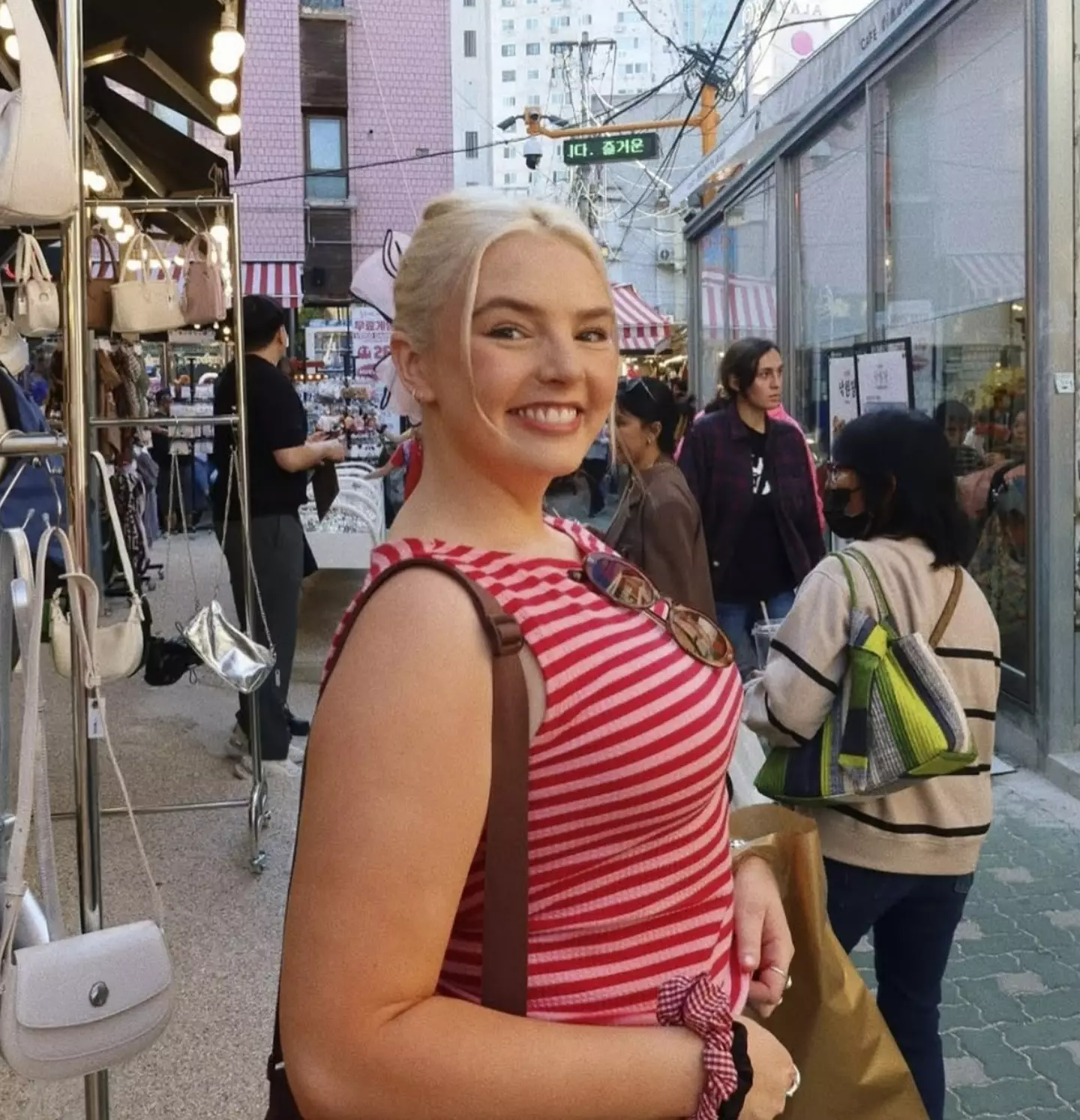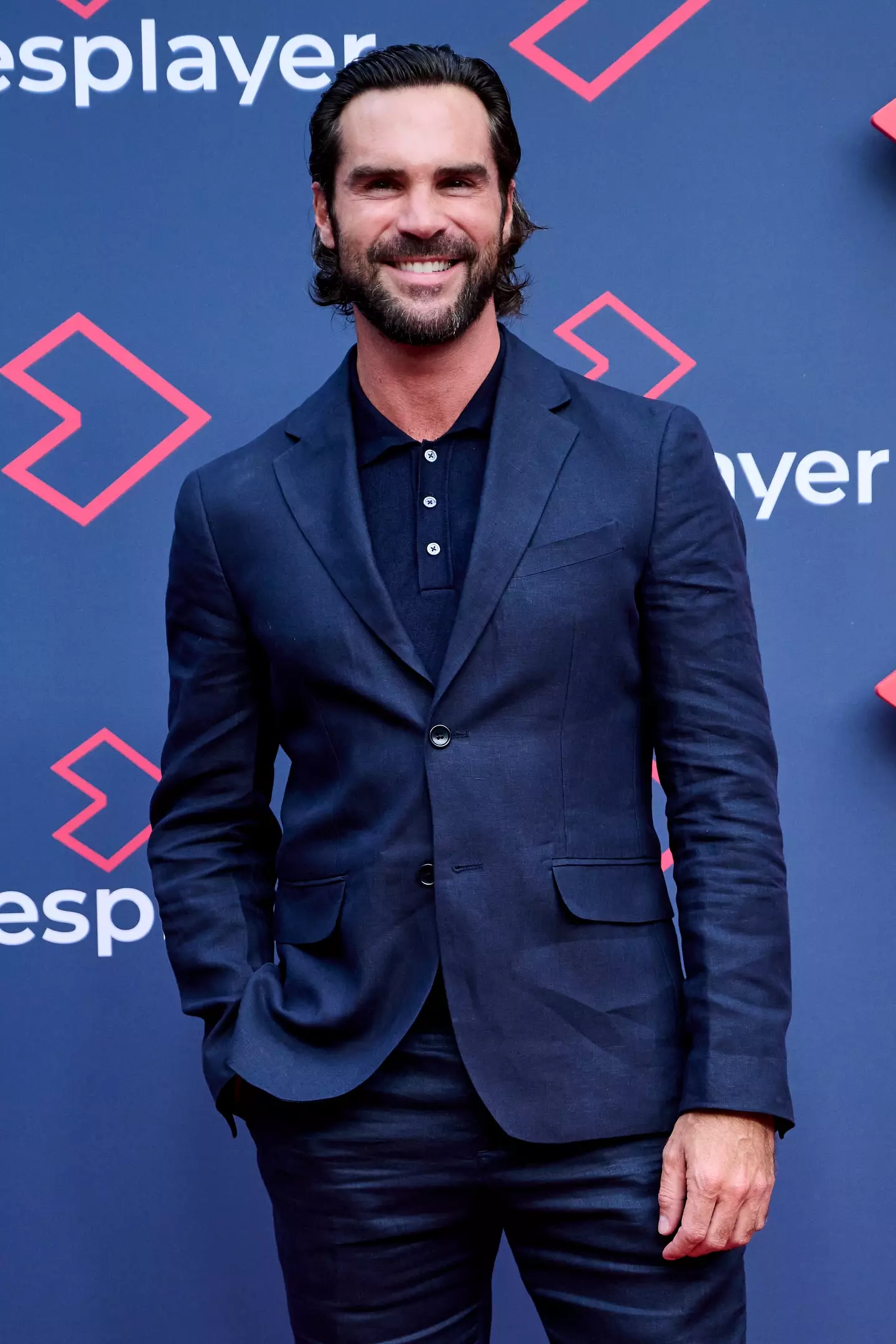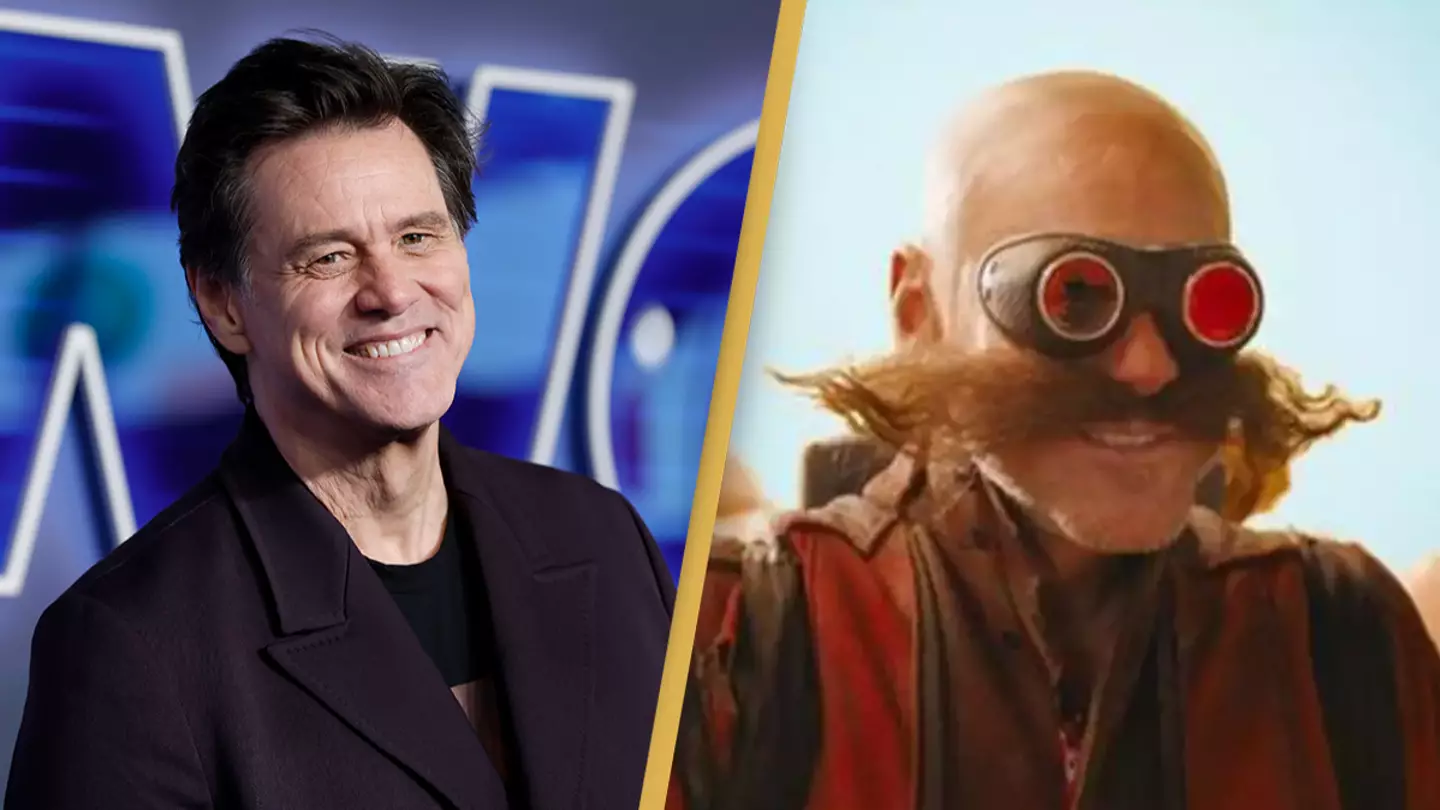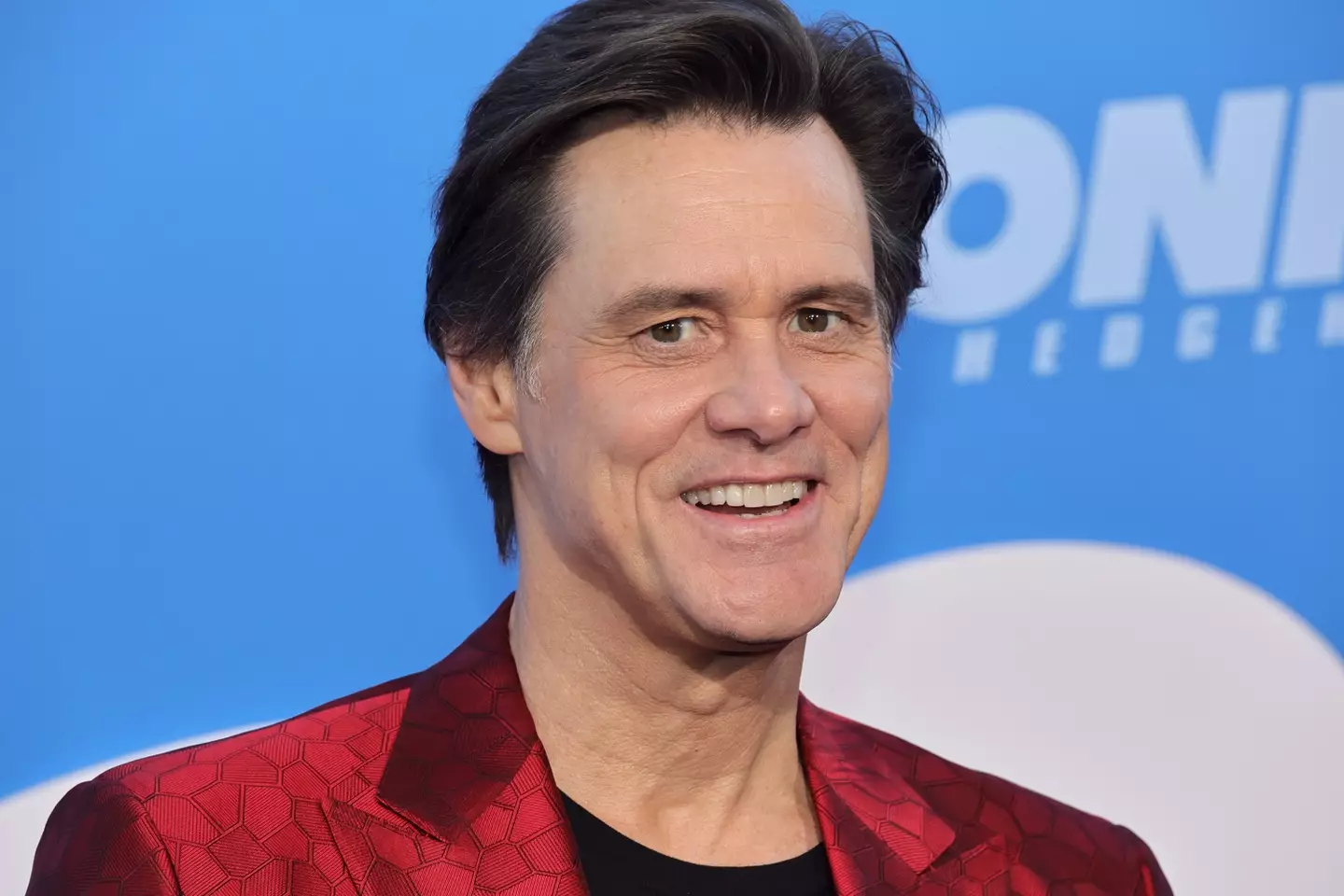
XLuminA, an AI framework, enhances super-resolution microscopy by exploring vast optical configurations, rediscovering established techniques, and creating superior experimental designs.
Discovering new super-resolution microscopy techniques often requires years of painstaking work by human researchers. The challenge lies in the vast number of possible optical configurations in a microscope, such as determining the optimal placement of mirrors, lenses, and other components.
To address this, scientists at the Max Planck Institute for the Science of Light (MPL) have developed an artificial intelligence (AI) framework called XLuminA. This system autonomously explores and optimizes experimental designs in microscopy, performing calculations 10,000 times faster than traditional methods. The team’s groundbreaking work was recently published in Nature Communications.
Revolution in Microscopy: The Rise of Super-Resolution Techniques
Optical microscopy is a cornerstone of the biological sciences, enabling researchers to study the smallest structures of cellular life. Advances in super-resolution (SR) methods have pushed beyond the classical diffraction limit of light, approximately 250 nm, allowing scientists to see previously unresolvable cellular details. Traditionally, developing new microscopy techniques has relied on human expertise, intuition, and creativity—a daunting challenge given the vast number of possible optical configurations.
For example, an optical setup with just 10 elements selected from 5 different components, such as mirrors, lenses, or beam splitters, can generate over 100 million unique configurations. The sheer complexity of this design space suggests that many promising techniques may still be undiscovered, making human-driven exploration increasingly difficult. This is where AI-based methods offer a powerful advantage, enabling rapid and unbiased exploration of these possibilities.
“Experiments are our windows to the Universe, into the large and small scales. Given the sheer enormously large number of possible experimental configurations, its questionable whether human researchers have already discovered all exceptional setups. This is precisely where artificial intelligence can help,” explains Mario Krenn, head of the Artificial Scientist Lab at MPL.
AI’s Role in Discovering New Optical Configurations
To address this challenge, scientists from the Artificial Scientist Lab joined forces with Leonhard Möckl, a domain expert in super-resolution microscopy and head of the Physical Glycoscience research group at MPL. Together, they developed XLuminA, an efficient open-source framework designed with the ultimate goal of discovering new optical design principles.
The researchers leverage its capabilities with a particular focus on SR microscopy. XLuminA operates as an AI-driven optics simulator which can explore the entire space of possible optical configurations automatically. What sets XLuminA apart is its efficiency: it leverages advanced computational techniques to evaluate potential designs 10,000 times faster than traditional computational methods.
“XLuminA is the first step towards bringing AI-assisted discovery and super-resolution microscopy together. Super-resolution microscopy has enabled revolutionary insights into fundamental processes in cell biology over the past decades – and with XLuminA, I’m convinced that this story of success will be accelerated, bringing us new designs with unprecedented capabilities,” adds Leonhard Möckl, head of the Physical Glycoscience group at MPL.

XLuminA: A Breakthrough in Optical Simulation
The first author of the work, Carla Rodríguez, together with the other members of the team, validated their approach by demonstrating that XLuminA could independently rediscover three foundational microscopy techniques. Starting with simple optical configurations, the framework successfully rediscovered a system used for image magnification.
The researchers then tackled more complex challenges, successfully rediscovering the Nobel Prize-winning STED (stimulated emission depletion) microscopy and a method for achieving SR using optical vortices.
Finally, the researchers demonstrated XLuminA’s capability for genuine discovery. The researchers asked the framework to find the best possible SR design given the available optical elements. The framework independently discovered a way to integrate the underlying physical principles from the aforementioned SR techniques (STED microscopy and the optical vortex method) into a single, previously unreported experimental blueprint. The performance of this design exceeds the capabilities of each individual SR technique.
“When I saw the first optical designs that XLuminA had discovered, I knew we had successfully turned an exciting idea into a reality. XLuminA opens the path for exploring completely new territories in microscopy, achieving unprecedented speed in automated optical design. I am incredibly proud of our work, especially when thinking about how XLuminA could help in advancing our understanding of the world. The future of automated scientific discovery in optics is truly exciting!” says Carla Rodríguez, the study’s lead author and main developer of XLuminA.
Expanding the Capabilities of Microscopy Through AI
The modular nature of the framework allows it to be easily adapted for different types of microscopy and imaging techniques. Looking forward, the team aims to include nonlinear interactions, light scattering, and time information which would enable the simulation of systems such as iSCAT (interferometric scattering microscopy), structured illumination, and localization microscopy, among many others. The framework can be used by other research groups and customized to their needs, which would be of great advantage for interdisciplinary research collaborations.
Reference: “Automated discovery of experimental designs in super-resolution microscopy with XLuminA” by Carla Rodríguez, Sören Arlt, Leonhard Möckl and Mario Krenn, 10 December 2024, Nature Communications.
DOI: 10.1038/s41467-024-54696-y






























